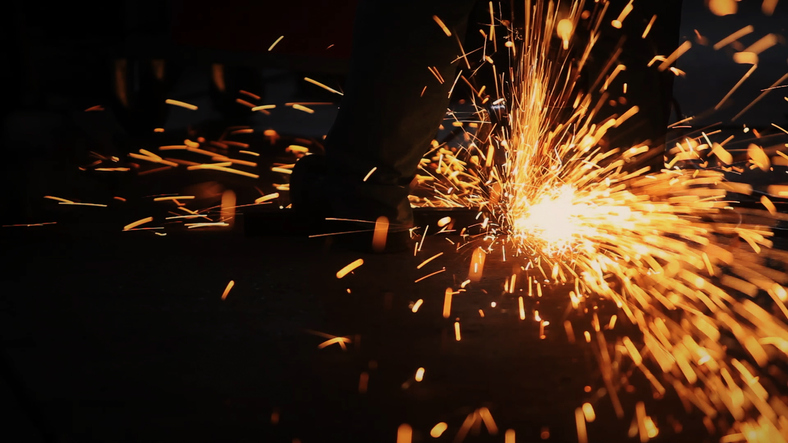IEEE 1584-2018: Performing Arc-Flash Hazard Calculations

What is Arc Flash?
According to the basics of Arc Flash, an electric arc is a bridge between two electrodes. An Arc Flash passes through this electric arc when there is a fault, and it can have the potential to be fatal for anyone who comes in contact or within close proximity to it. Extreme burns from flames can also result from coming too close to an Arc Flash, as the luminous events can get as hot as 35,000 degrees Fahrenheit. Arc Flashes aren’t as uncommon as one might think, with incidents happening about 30,000 times per year in the United States alone. IEEE 1584-2018: IEEE Guide For Performing Arc-Flash Hazard Calculations provides electrical safety guidance for employee protection.
How Stay Safe From Arc Flash
IEEE 1584-2018: IEEE Guide For Performing Arc-Flash Hazard Calculations offers a detailed model for incident energy calculations as well as how to apply and properly analyze this model. With this standard, the incident energy of an employee’s possible contact in can be calculated.

Along with this, there is now a distinction between enclosures with equipment operating at voltages less than 1,000 V. “Shallow” enclosures are less than eight inches deep and “typical” enclosures are more than eight inches deep. These enclosure sizes can further help protect workers who may be exposed to Arc Flashes.
With new knowledge and insight into Arc Flashes, IEEE 1584-2018 is a highly comprehensive document for qualified individuals in this field to provide appropriate protection for employees.
For other ways to seek protection from Arc Flashes, there are other standards such as ASTM F1506-22, which gives specifications for clothing worn by people who can be exposed to flames and Arc Flashes and ASTM F2675/F2675M-22, which relates to hand safety in regards to Arc Flashes.
IEEE 1584-2018: IEEE Guide For Performing Arc-Flash Hazard Calculations is available on the ANSI Webstore.






